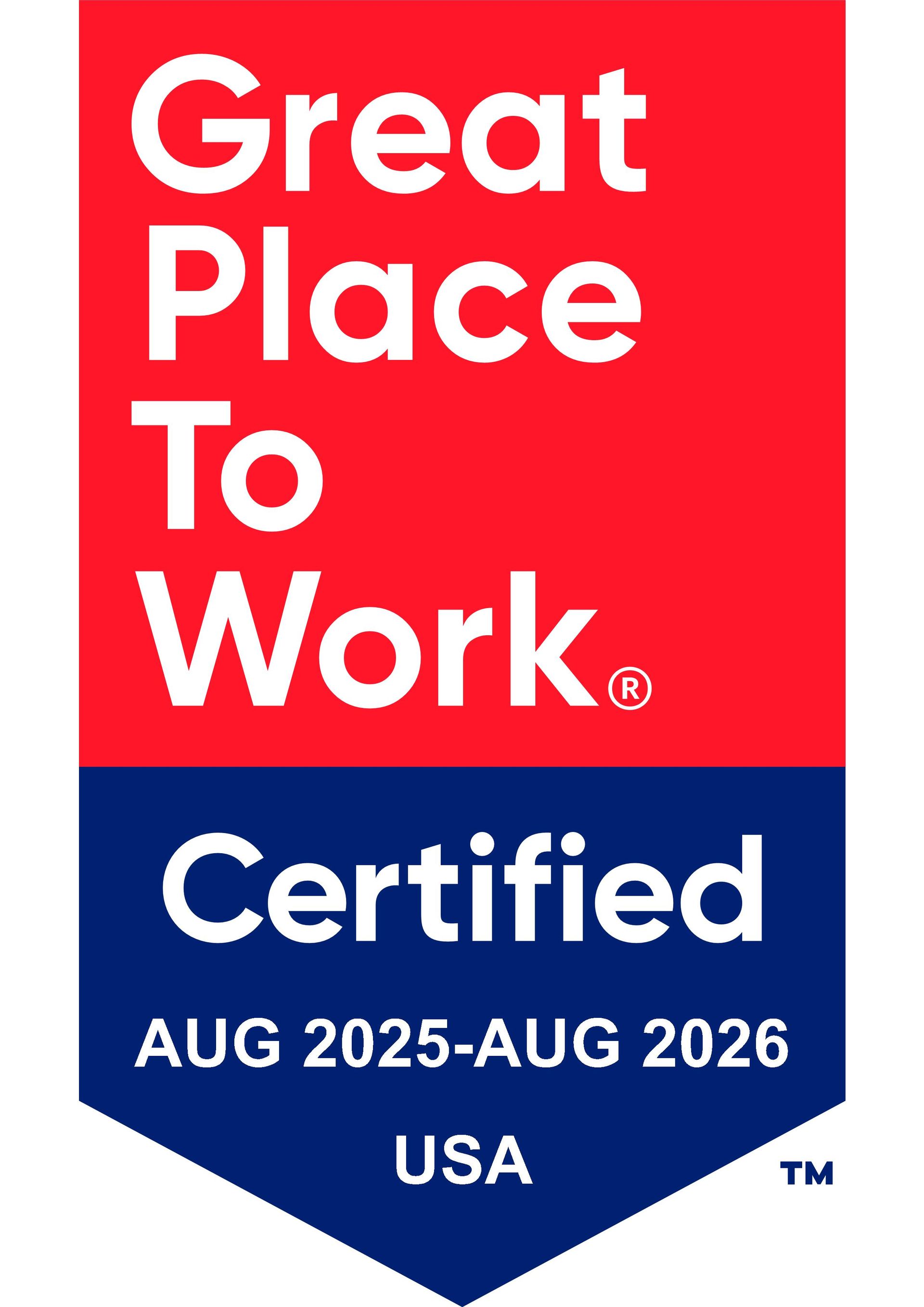
Student Loan Repayment Benefits Explained
29 April 2022

The total amount of student loan debt in the U.S. has exponentially increased in the last few years, with 47 million owing more than a total of $1.7 trillion in student loans. Currently, 70% of college graduates enter the workforce with an average of $40,000 in student loan debt. At that rate, an additional $1 trillion in U.S. student loan debt is expected to be added by 2028.
Millennials share most of the current student loan debt burden, with close to two-thirds of millennials having a minimum of $10,000 in student debt and over a third of them with greater than $30,000 in debt. Moreover, it’s estimated that many workers will still be paying off over $30,000 in student debt in 20 years. As a result, younger workers are putting off life milestones, like buying a home, getting married, and having children, until later in life, hoping that they’ll be able to pay down and zero out their debt.
Employees Want Student Loan Repayment Benefits from Employers
With so many workers plagued with student loan debt, it’s becoming a sought-after benefit that sets employers apart from others. As reported by MetLife, 28% of Generation Y and 36% of Generation Z reported student debt assistance as a must-have benefit from employers. Even the older generations in the workforce (14% of Gen X and 5% of Boomers) consider student debt assistance a worthwhile employer benefit. The 2015 American Student Assistance survey showed that 76% of respondents would likely select an organization that offered a student loan assistance benefit program. Further, 86% of younger workers indicated they’d commit to an organization for five years if the company helped them pay off their student loans.
The percentage of employers offering student loan repayment programs doubled from 4 to 8% in 2020, though that number is still low. SHRM expects the number to increase now that employers can offer the benefit as a tax exemption, but as of now, it remains a relatively untapped way that employers can set themselves apart from the competition to attract and attain top talent.
Student Loan Repayment Benefits Explained
The next sections address the following commonly asked questions:
- What are student loan repayment programs?
- What are the benefits of offering a student loan repayment program?
- How can programs be structured and funded?
- What’s the best approach to developing a student loan repayment program?
There is also a list of tips for creating a student loan repayment benefits program close to the end of the article.
What Are Student Loan Repayment Programs?
As the name implies, student loan repayment programs are a benefit that helps employees pay down their student loan debt. The programs are becoming increasingly popular for employees entering the workforce with student loan debt, as well as for those that have been carrying around debt for quite some time—more than a decade in many cases. It’s a benefit that is also becoming more attractive for employers to offer as a cost-effective benefit that helps companies attract and hire top-tier talent faster and keep them around for longer.
What Are the Benefits of Offering a Student Loan Repayment Program?
The Consolidated Appropriations Act of 2021 passed by Congress allows employers to make tax-free contributions of up to $5,250 annually to help employees pay down their student debt, and the payments don’t need to be included as taxable income to the employee.
The tax-exemption benefit was set to expire as part of the CARES Act in 2020. However, a five-year extension was granted by Congress through the end of 2025. As a result, it’s expected for the tax-advantaged contribution permissibility to remain permanent.
In addition to the tax exemption benefit for employers, student loan paydown benefits make it possible to hire and retain top talent. They can also help diversify an employer’s workforce and pipeline of talent.
Some research suggests that 20 to 30% of the employee population participate in available employer student loan repayment programs. According to the Society for Human Resource Management (SHRM), that number is expected to increase to 40%, with the tax-free aspect now in effect.
Along with the tax-free benefit for employees, having less debt and more disposable income helps to decrease the stress that can come with financial burdens and struggles. Less stress equates to an increase in well-being, which leads to improved productivity. It also leads to a more engaged workforce.
How Can Programs Be Structured and Funded?
Employers can opt to contribute as little or as much as they’d like within the annual IRS limit if they want it to remain tax-free and exempt to help employees pay their student loan payments. On one end, employers offer a contribution of $25 to $50 per month. On the other end, employers pay the maximum of $436.50 per month to meet the $5,250 annual maximum allowed.
The employer contribution can be structured differently between employers, with the two most common being a fixed and a tiered payment plan. These options hold true for the most part regardless of geographic location, industry, and company size.
A fixed payment contribution is the same amount per month provided to employees across the board. A tiered payment contribution offers contributions based on tenure. With a tenured program, the employee contribution starts out at a certain amount and increases each following year of employment until the cap is reached.
Many employers have also gotten created to provide solutions to their employees’ student debt woes. Some employer programs allow workers to transfer PTO time to pay down student debt, match 401k contributions with student loan repayments, and offer refinancing programs for student loans.
Many employers redirect existing benefits budgets to fund the student loan repayment program. Employers can redirect funds from other programs, like a tuition reimbursement program, without additional cost with the tax-exemption aspect.
What’s the Best Approach to Developing a Student Loan Repayment Program?
Fortunately, to support the evolving needs and demands of the workforce, it’s becoming easier for employers to secure student debt repayment benefit platforms for their workforce. To develop a student loan program to fit the needs of your employees, you want to assess the demographics of your organization and gain insight into what percentage of the population as a whole and broken down by identifying factors are interested in such a program. From there, you can begin to develop a program that works for your organization as a whole.
It’s often wise to work with a benefits broker to help you identify the best resources to work with for any benefit program you’re considering. An advantage to doing so is that it allows you to have a one-stop shop for all of your benefit needs and determine where synergies can be created between your current and future benefit offerings, including between student loan repayment benefit programs and your other programs, like tuition reimbursement and savings plans.
Various financial institutions, like Fidelity, and student loan assistant benefit providers, like Goodly, partner with companies to offer loan repayment programs, and a reputable broker, like BKI, can ensure you know what to ask and look for when working with such providers.
Tips to Creating a Student Loan Repayment Benefits Program
Whether you’re working with a broker or choose to do it yourself, here are some additional tips to help you develop a successful student loan repayment program:
- Determine the monthly contributions you want to offer. You can offer as little as $25 to $50 per month or more. Even smaller amounts can help employees pay off hundreds of dollars in student loan debt over time.
- Determine the maximum amount, or cap, you’re willing to contribute to each employee. You can stick to the $5,250 tax-free amount or go with a lower number. You can also offer a higher amount, with the understanding that anything over the $5,250 will be taxable income.
- Identify who will be eligible to receive the benefit. Though it’s generally wise to apply nondiscrimination principles across all benefit offerings, the nondiscrimination rule does not apply to employer student loan repayment programs as it does to other benefits, like retirement plans and health insurance.
- Identify the parameters of receiving the benefit. For example, will there be a work commitment agreement required of participants.
- Be clear on the tax law associated with the benefit. The tax-free amount for employees and the tax exemption for employers is capped at $5,250. Anything provided over that amount would be considered taxable income for the employee and exempt from the tax exemption benefit to employers.
- Determine how you will administer the program. Will you keep it in-house or work with a third-party vendor? Who will be responsible for overseeing the program?
- Review the program annually, as you would with any other benefit.
Offering an affordable student loan repayment program for employees is doable for organizations across the board, from major Fortune 500 companies to small businesses with fewer than 50 employees. It’s also a benefit that can attract talent and keep them around for years to come.
For more information and support in deciding if this type of program is right for your company, please don’t hesitate to contact the team at KBI.
References:
https://www.benefitnews.com/opinion/5-faqs-about-student-loan-repayment-benefits
https://file.asa.org/wp-content/uploads/2019/01/28203317/Life-Delayed-2015.pdf



